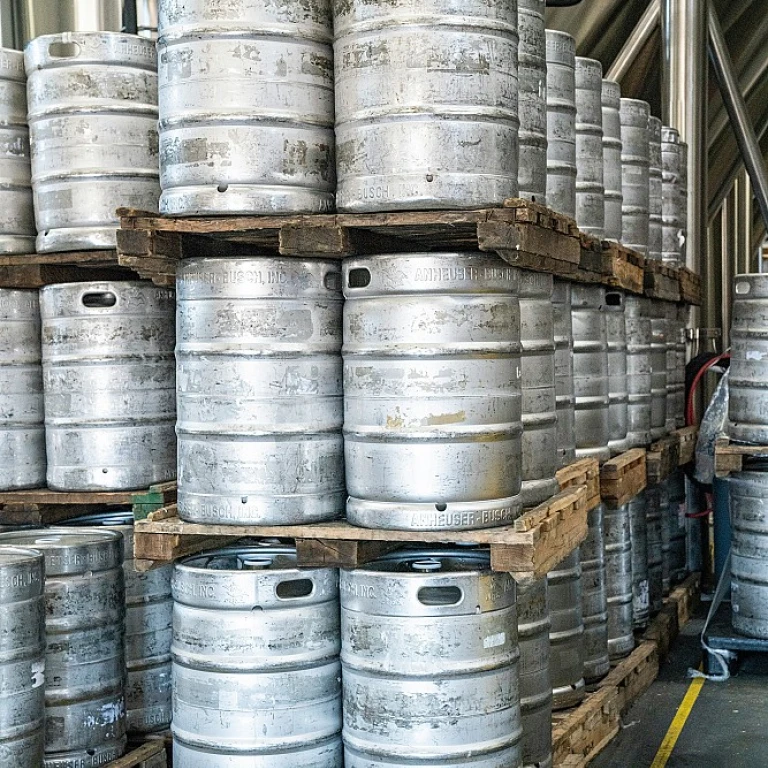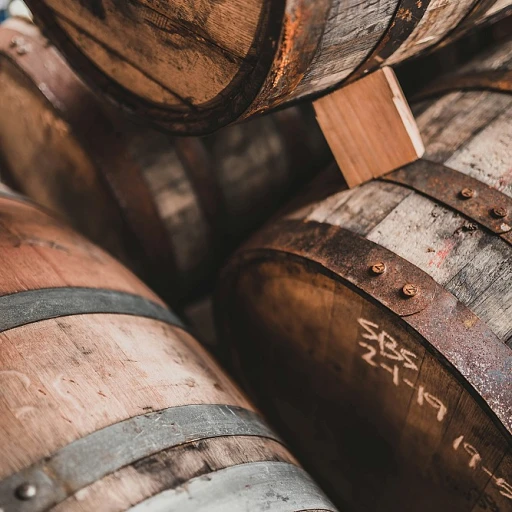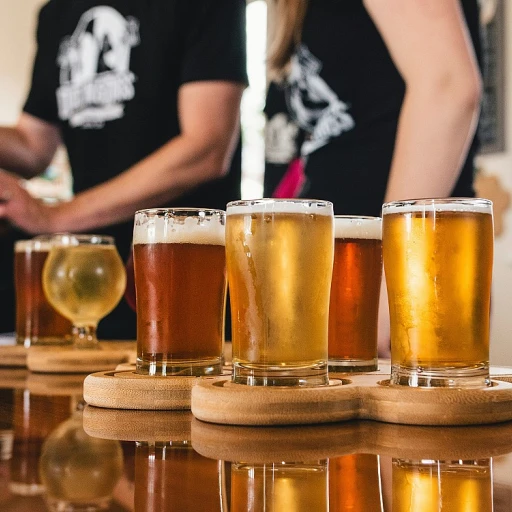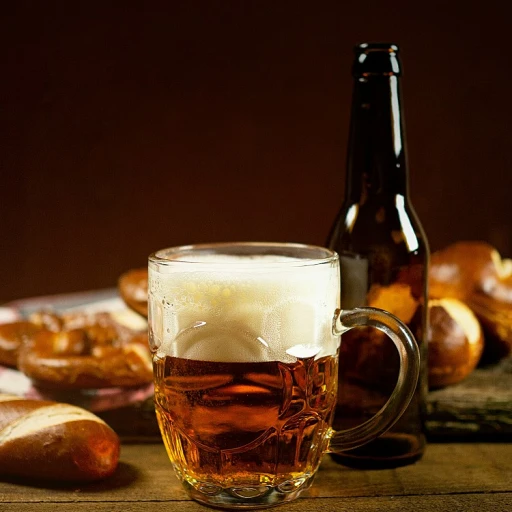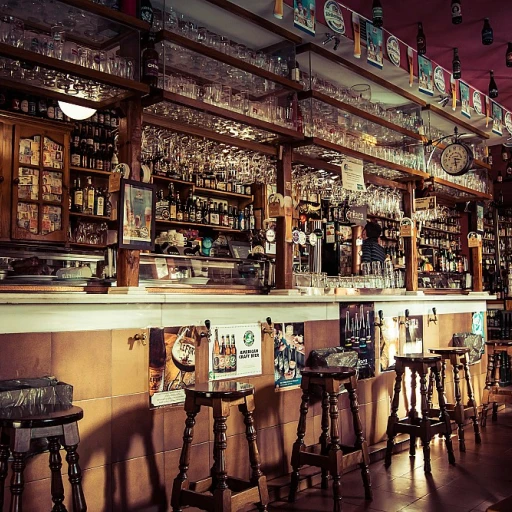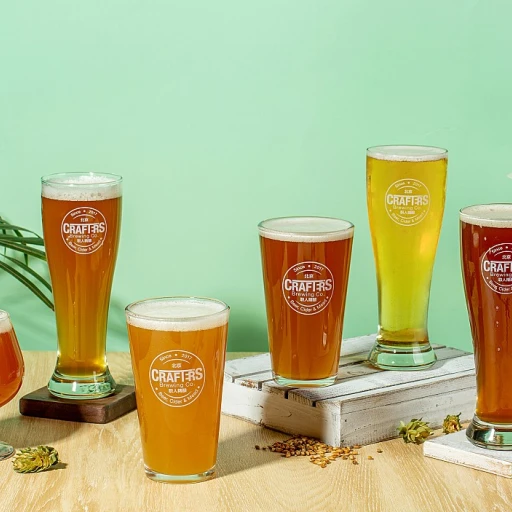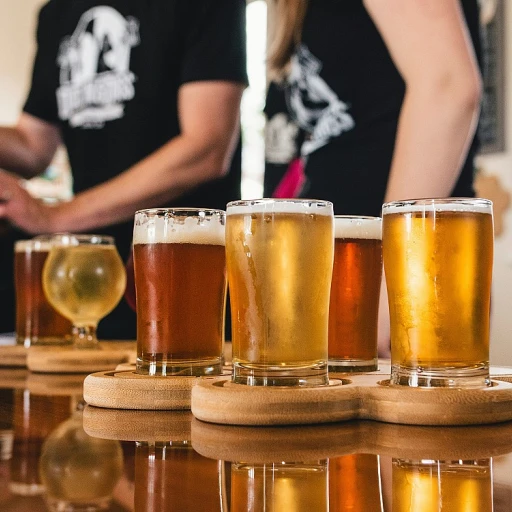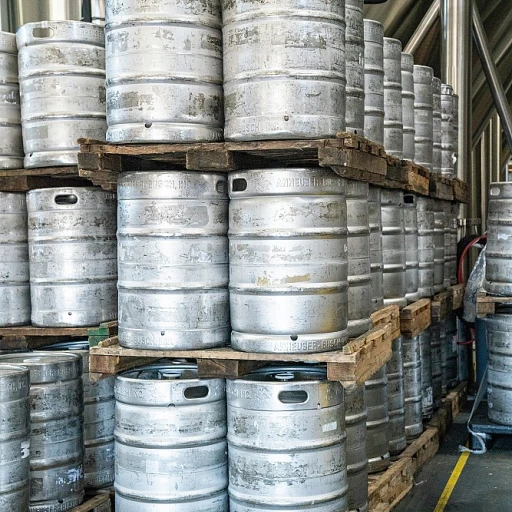
OG standard-bearers beer: the roots of iconic breweries
Tracing the legacy of beer’s original icons
When we talk about the original standard-bearers of beer, we’re diving into the roots of breweries that set the pace for generations. These breweries didn’t just make beer—they shaped the very culture and expectations around what a great brew should be. Their influence can be tasted in every pint poured today, from classic lagers to bold ales.
- Foundational breweries: These pioneers established not only recipes but also traditions, from brewing methods to branding. Their names are often synonymous with quality and consistency.
- Enduring influence: Many of today’s most respected breweries draw inspiration from these early leaders, whether in their approach to ingredients or their commitment to community.
- Collectible culture: The legacy of these breweries extends beyond the glass. Memorabilia, like the Bud Man beer stein, has become a cherished part of beer history for enthusiasts and collectors alike.
As we explore how brewing styles and ABV evolved, and what makes a beer truly stand out, it’s clear that these original icons laid the groundwork for the rich, diverse world of beer we enjoy today.
How brewing styles and abv changed the game
From rustic ales to refined lagers: the evolution of brewing
When looking at the original standard-bearers of beer, it’s fascinating to see how brewing styles and alcohol by volume (ABV) have shaped the industry. Early breweries often relied on local ingredients and traditional methods, resulting in rustic, sometimes unpredictable ales. Over time, advances in technology and a better understanding of yeast and fermentation led to more consistent and refined lagers and ales.
- Traditional methods: Many iconic breweries began with open fermentation and wild yeasts, giving their beers unique flavors that became signatures of their regions.
- Rise of lagers: The introduction of cold storage and bottom-fermenting yeast allowed for the creation of lagers, which quickly gained popularity for their clean, crisp profiles.
- ABV shifts: As brewing science progressed, brewers gained more control over alcohol content. Some standard-bearers became known for their sessionable, lower-ABV beers, while others pushed boundaries with stronger, more robust offerings.
These changes didn’t just affect taste—they also influenced how and where people enjoyed beer. The evolution of brewing styles paved the way for the legendary breweries you’ll read about in other sections, and continues to inspire modern brewers worldwide. For a deeper dive into the heritage of one of Europe’s most respected breweries, check out this exploration of La Trappe’s brewing legacy.
Tasting notes: what makes a standard bearer beer stand out
What sets these legendary beers apart in the glass?
When you pour a beer that’s earned its place as a standard-bearer, you notice the difference right away. These brews have stood the test of time, not just because of their history, but thanks to their unmistakable character and balance. Here’s what makes them shine in a tasting:
- Appearance: Expect clarity, a rich color true to style, and a persistent, inviting head. Whether it’s a golden lager or a deep, dark stout, the look sets the stage.
- Aroma: The nose often reveals layers—classic malty sweetness, noble hops, or even subtle yeast-driven notes. Each whiff hints at the traditions and brewing mastery behind the beer.
- Mouthfeel: Standard-bearer beers are known for their balance. The carbonation is just right, the body matches the style, and the finish lingers pleasantly without overwhelming.
- Flavor: These beers showcase the best of their category. You’ll find a harmony between malt and hops, with no single element overpowering the others. Some, like the iconic Belgian ales, offer fruity esters and spicy phenols, while classic lagers deliver crisp, clean refreshment.
- Aftertaste: The finish is clean and memorable, inviting another sip. It’s this lasting impression that keeps these beers at the top of their game.
Many of these legendary brews have inspired countless others, shaping the way we think about beer styles and quality. If you’re curious about a beer that’s become a true icon, explore the story behind the beer with the elephant logo—a perfect example of a standard-bearer that continues to set the bar for excellence.
Breweries greenwich and beyond: where to find the legends
Where to experience legendary brews
If you’re eager to taste the beers that set the standard, you’ll find them in both historic and unexpected places. Many of the original standard-bearer breweries still operate in their founding cities, offering guided tours and taproom experiences. These locations often blend tradition with modern hospitality, letting you enjoy iconic pints in the very halls where brewing history was made.
- Classic brewery taprooms: Visit the original sites of renowned breweries, where you can sample flagship beers alongside limited releases. These taprooms often feature memorabilia and stories that bring the brewery’s legacy to life.
- Specialty beer bars: Across major cities, specialty bars curate selections from legendary breweries worldwide. These venues are perfect for comparing styles and ABVs that have influenced brewing trends, as discussed earlier.
- Beer festivals: Annual events celebrate the heritage of standard-bearer beers, gathering both local and international icons. It’s a great way to meet fellow enthusiasts and hear personal tales from brewers and fans alike.
- Greenwich and beyond: While some legendary breweries are rooted in places like Greenwich, others have inspired new generations across continents. Seek out collaborations and guest taps at craft beer pubs for a taste of tradition with a modern twist.
Whether you’re traveling or exploring your local scene, these destinations offer a chance to connect with the rich stories and flavors that define the original standard-bearers of beer.
Beer man stories: personal tales from the standard bearers
Memorable encounters with legendary brewers
Behind every standard-bearer beer, there’s a passionate brewer or a dedicated team. Many beer enthusiasts recall their first meeting with a master brewer as a turning point. Whether it’s a casual chat at a brewery taproom or a guided tour through historic cellars, these moments often spark a deeper appreciation for the craft. Brewers love to share stories about their inspirations, the evolution of their recipes, and the challenges they’ve faced in keeping traditions alive while embracing new trends.
Shared pints and lifelong friendships
Standard-bearer beers have a way of bringing people together. Fans often recount how a pint of a classic brew led to unexpected friendships at local pubs or beer festivals. These beers serve as conversation starters, connecting people from different backgrounds over a shared respect for brewing heritage. Many regulars at iconic breweries have their own tales of camaraderie, laughter, and even friendly debates about which vintage or batch was the best.
Personal milestones marked by iconic brews
For some, standard-bearer beers are woven into the fabric of their lives. Birthdays, graduations, and reunions are often celebrated with a toast of a beloved classic. These beers become more than just beverages—they’re part of cherished memories. Enthusiasts often describe the sensory details: the first sip, the aroma, and the sense of tradition that comes with each glass. It’s not just about taste; it’s about the stories and emotions that these legendary beers inspire.

